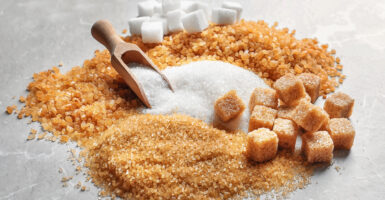Foods That Were Used as Currency Throughout History
In an age where digital currencies and contactless payments dominate our transactions, it’s hard to imagine paying for goods with actual food. Yet, throughout history, many societies found that the best way to achieve economic prosperity was through their stomachs.
Let’s explore some fascinating examples of edible currencies that prove money doesn’t always have to jingle in your pocket – sometimes, it can grow in your garden or age in your cellar. These aren’t just curious historical footnotes; they’re windows into how different cultures valued sustenance as wealth.
Cacao Beans (Aztec Empire)
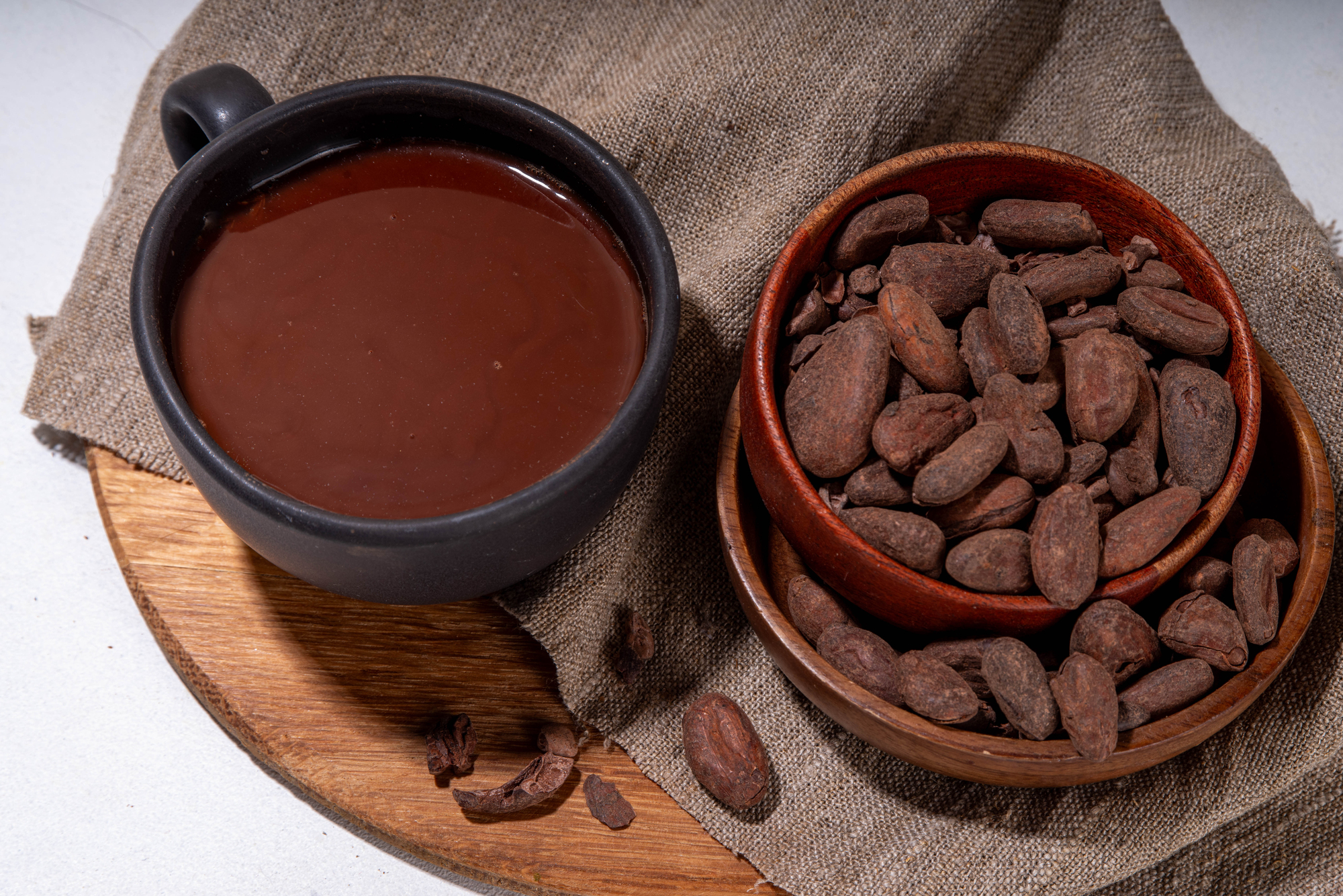
Before chocolate became the world’s favorite comfort food, cacao beans were serious business in Mesoamerica. The Aztecs didn’t just drink chocolate – they used the beans as money. A rabbit would cost you about 10 beans, while a trustworthy slave would set you back about 100 beans.
The Spanish conquistadors noted that even their gold couldn’t compete with cacao’s convenience as currency. The beans were perfect money: portable, divisible, and universally valued.
They also had built-in anti-counterfeiting features – try to pass off a fake bean, and an experienced trader could spot it instantly. The beans were so valuable that clever merchants sometimes carefully hollowed them out, filled them with dirt, and tried to pass them off as genuine – creating history’s first chocolate money laundering scheme.
Tea Bricks (China)
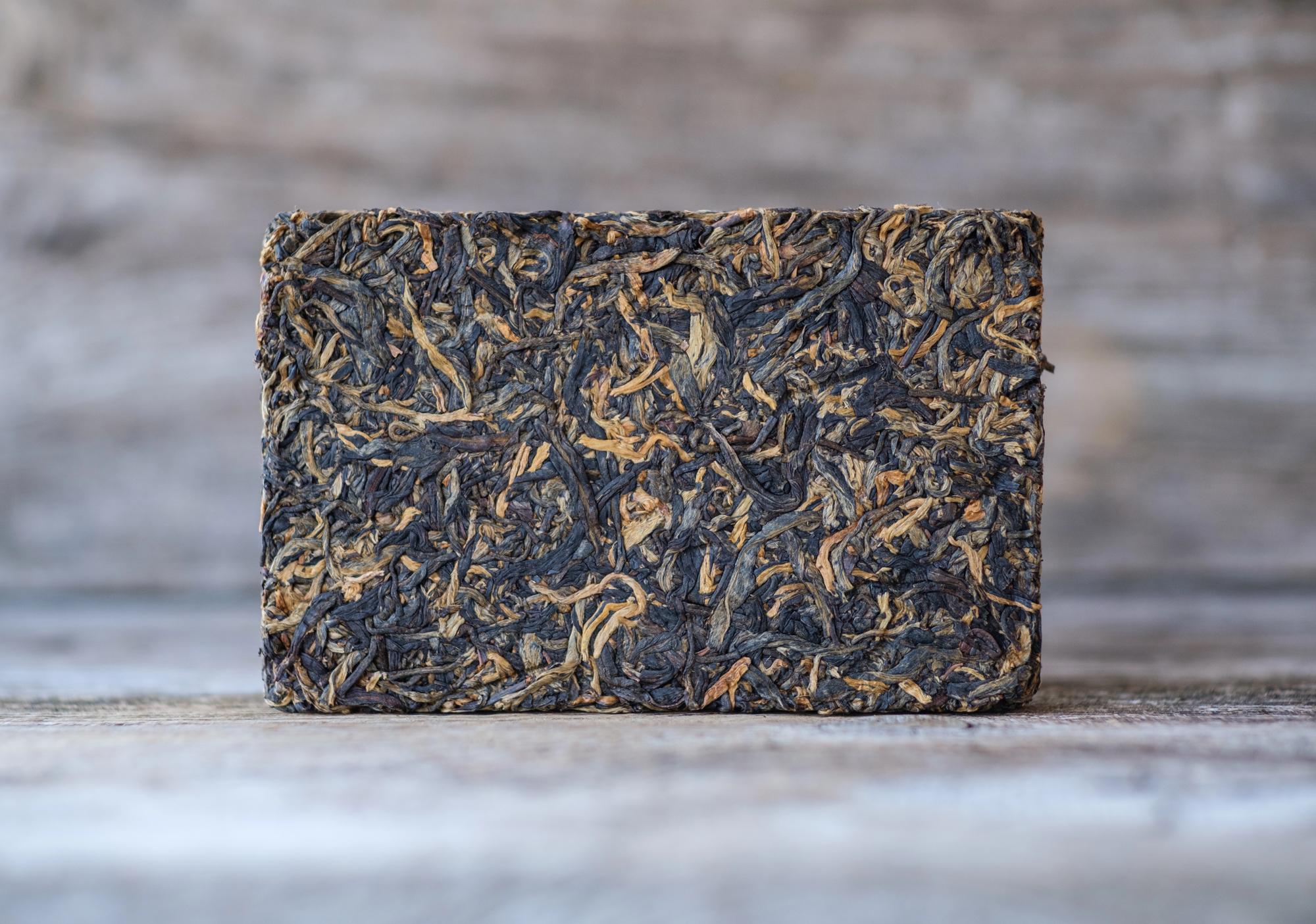
Compressed blocks of tea leaves weren’t just for storage – they were a formal currency in China, Tibet, and Mongolia well into the 19th century. These weren’t your ordinary tea bags; they were compressed so densely that you could build things with them.
Tea bricks were pressed with intricate designs that served as denomination markers and anti-counterfeiting measures. They were particularly valuable because they were both a currency and an emergency food supply.
The bricks were so well-made that some surviving examples are still technically brewable today, though you might not want to taste hundred-year-old tea. By the 19th century, some regions had tea brick denominations ranging from a penny to several dollars in value.
Like Go2Tutors’s content? Follow us on MSN.
Salt (Roman Empire)
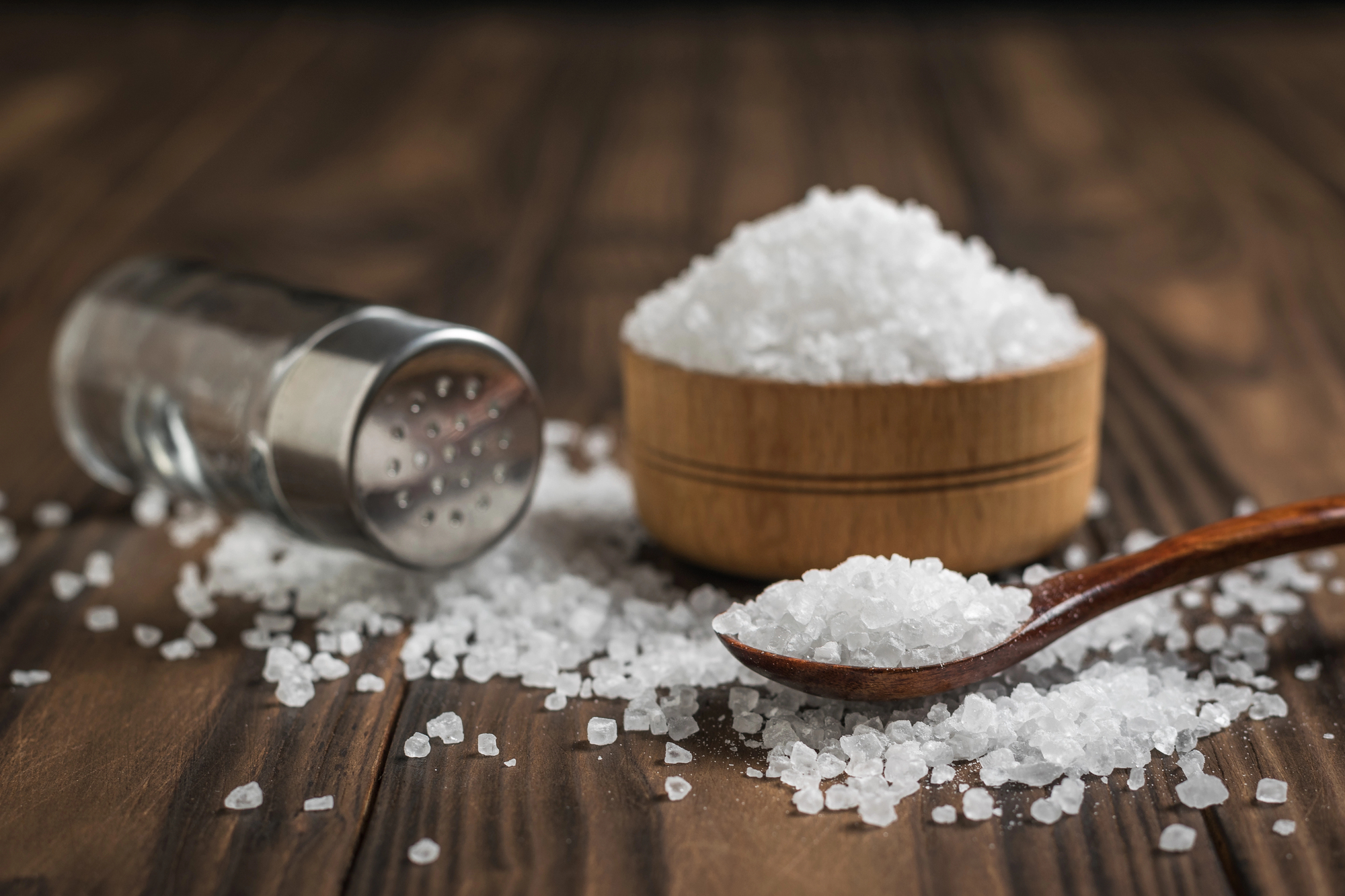
The word “salary” comes from the Latin “salarium,” referring to the salt allowance given to Roman soldiers. This wasn’t just a linguistic quirk – salt was worth its weight in gold in many parts of the ancient world.
Roman soldiers were partially paid in salt rations, which they could trade or use. Salt’s value came from its crucial role in food preservation in a world without refrigeration. Major trade routes were established just to transport salt, and cities grew wealthy from salt production.
The phrase “worth their salt” isn’t just a saying – it reflects a time when salt was so valuable that it could make or break economies.
Parmesan Cheese (Italy)
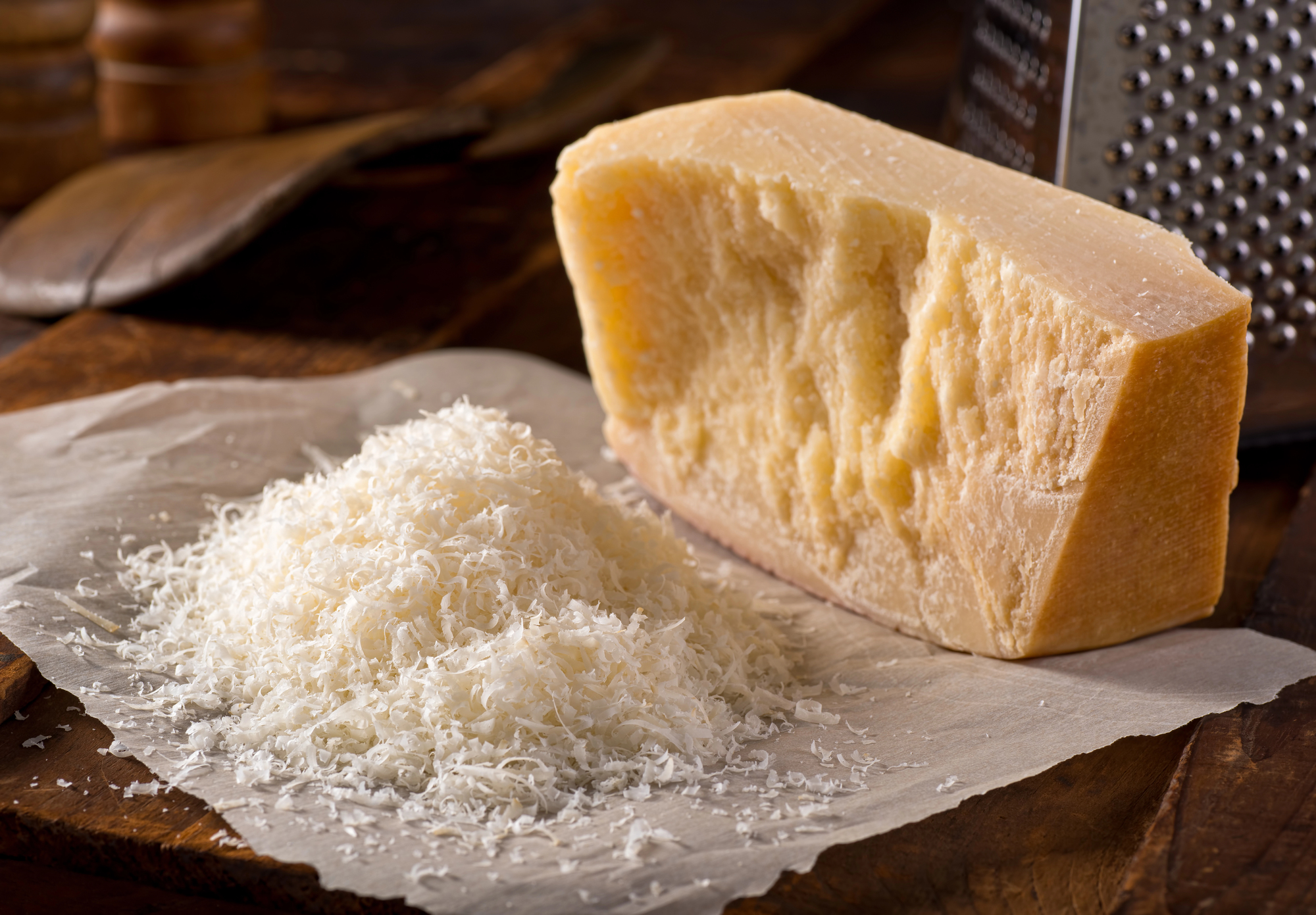
In northern Italy, some banks still accept wheels of Parmesan cheese as collateral for loans. A single wheel can be worth thousands of euros, and unlike many valuables, it improves with age.
The tradition dates back centuries, but it’s still practiced today. The Credito Emiliano bank maintains massive climate-controlled vaults full of aging Parmesan wheels worth millions of euros. If a cheese producer defaults on their loan, the bank can sell the cheese to recoup its money.
Each wheel is carefully aged for at least 18 months and regularly turned and inspected – making these bank vaults perhaps the world’s most valuable cheese cellars.
Saffron (Mediterranean)
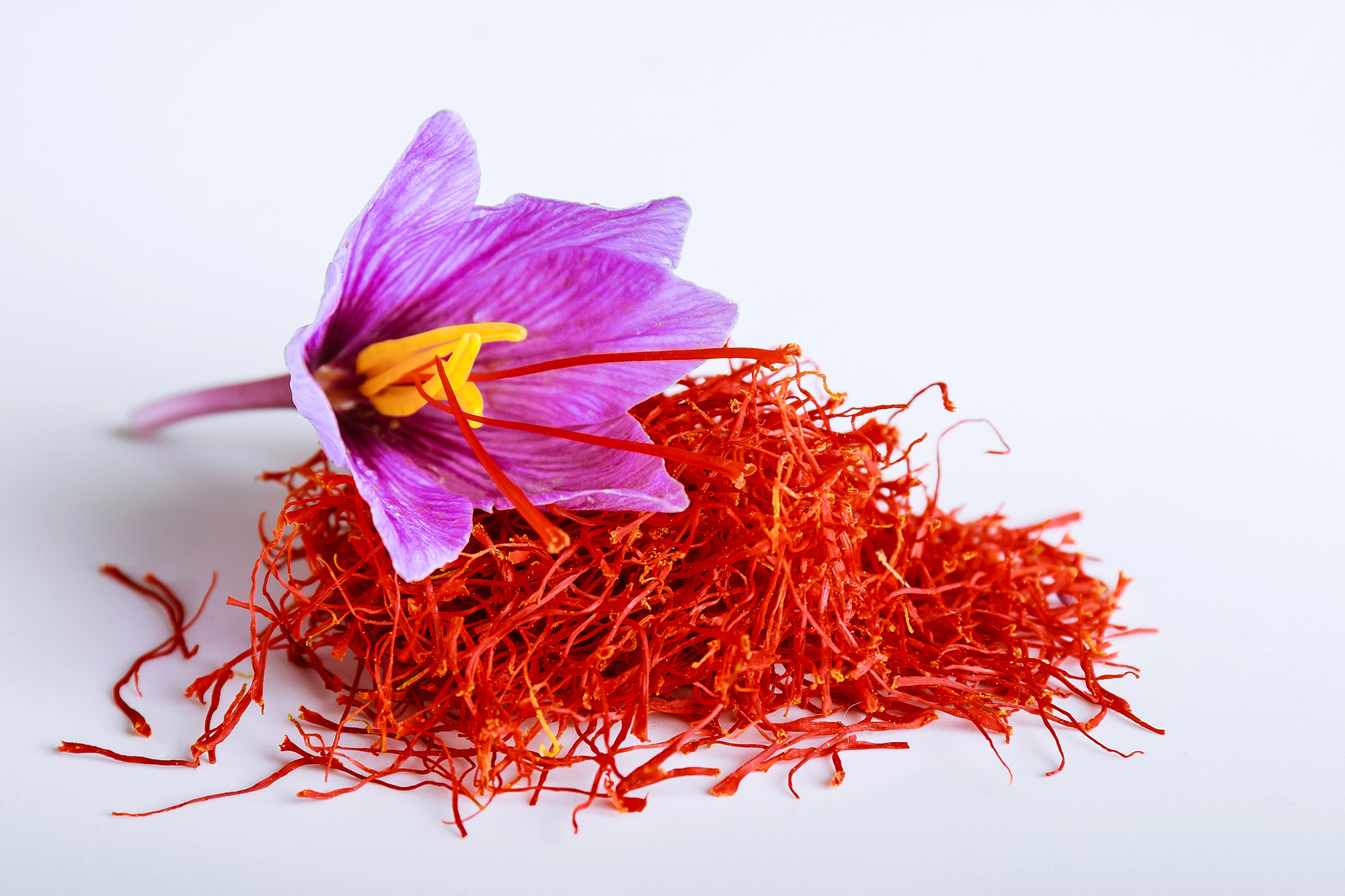
Gram for gram, saffron was often more valuable than gold throughout history. This precious spice was used as currency across the Mediterranean and the Middle East, where it was worth its weight in gold.
Each saffron flower produces only three stigmas, and it takes about 150 flowers to produce just one gram of saffron. The labor-intensive harvesting process made it an ideal currency – it was portable, valuable, and difficult to counterfeit.
During the Black Death, saffron became so valuable that saffron pirates emerged, leading to the “Saffron War” of the 14th century.
Like Go2Tutors’s content? Follow us on MSN.
Grain (Ancient Egypt)
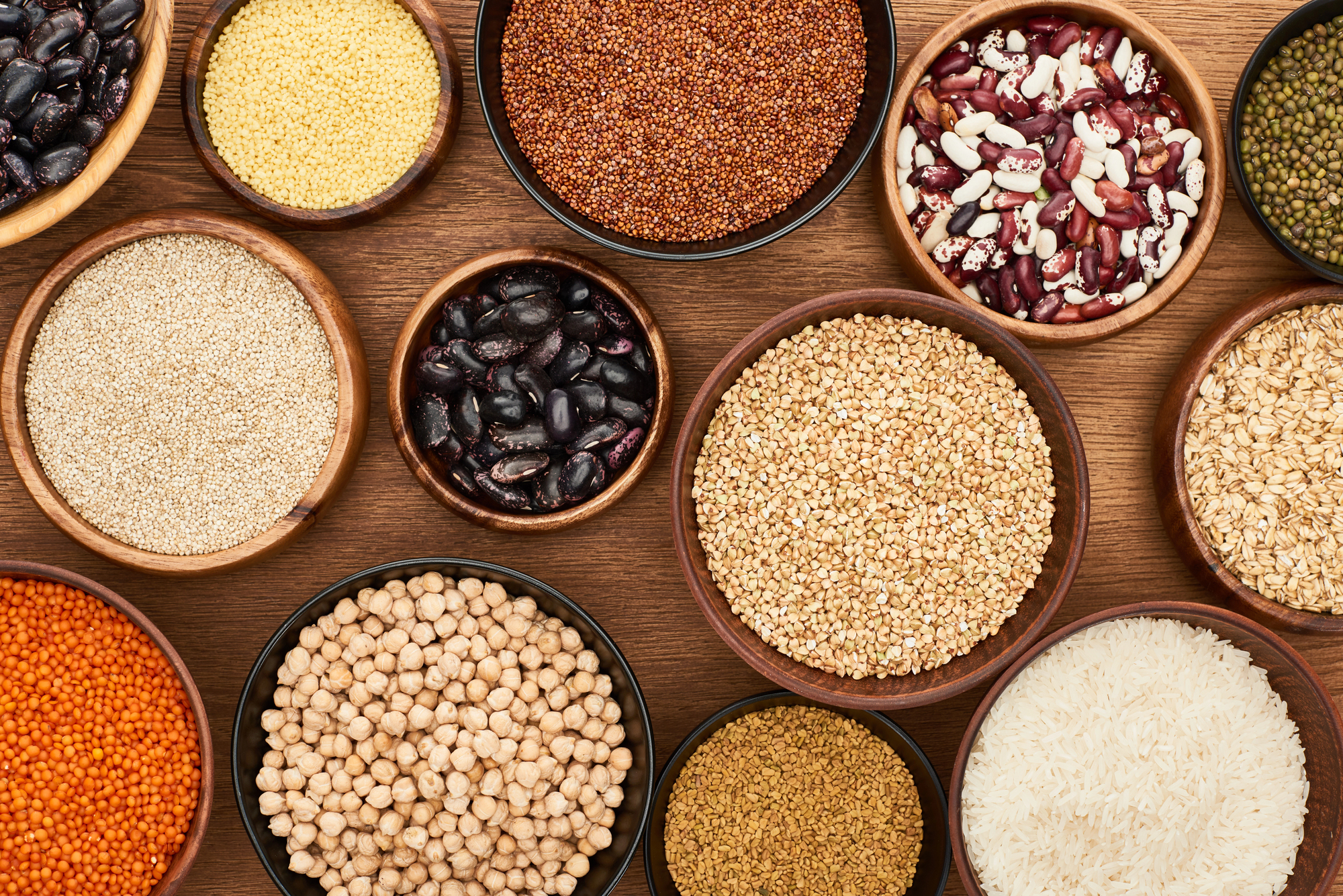
In ancient Egypt, grain wasn’t just food – it was the foundation of the entire economy. Workers were paid in grain, taxes were calculated in grain, and the pharaoh’s wealth was measured in grain stores.
The system was so sophisticated that Egyptians developed the world’s first futures market based on grain harvests. Royal granaries functioned like modern banks, issuing receipts for stored grain that could be traded as currency.
These grain banks were so stable that some ancient Egyptian accounts remained active for generations, passing from parent to child like modern trust funds.
Fish (Iceland)

Dried fish, particularly cod, was so reliable as currency in medieval Iceland that standard lengths were established to create fixed denominations. A single dried cod of a specific size was equal to one penny.
The practice continued well into the 18th century. Fish was ideal as currency because it was durable when dried, easily divisible, and everyone needed it.
The expression “fish is money” became a common saying in Iceland. The system was so established that rent, wages, and church tithes were all calculated in fish values, even when actual money was used.
Chocolate (Military)

During World War II, chocolate became a de facto currency among Allied soldiers and in occupied territories. American chocolate, particularly Hershey’s D ration bars, could buy almost anything on the black market.
Hershey’s produced special military chocolate bars designed to be used not only as emergency rations but also as practical currency. These bars were intentionally made to taste slightly less appealing than regular chocolate to discourage soldiers from eating their “money.”
The practice was so common that military authorities had to regulate chocolate distribution to prevent inflation in local economies.
Like Go2Tutors’s content? Follow us on MSN.
Rice (Japan)
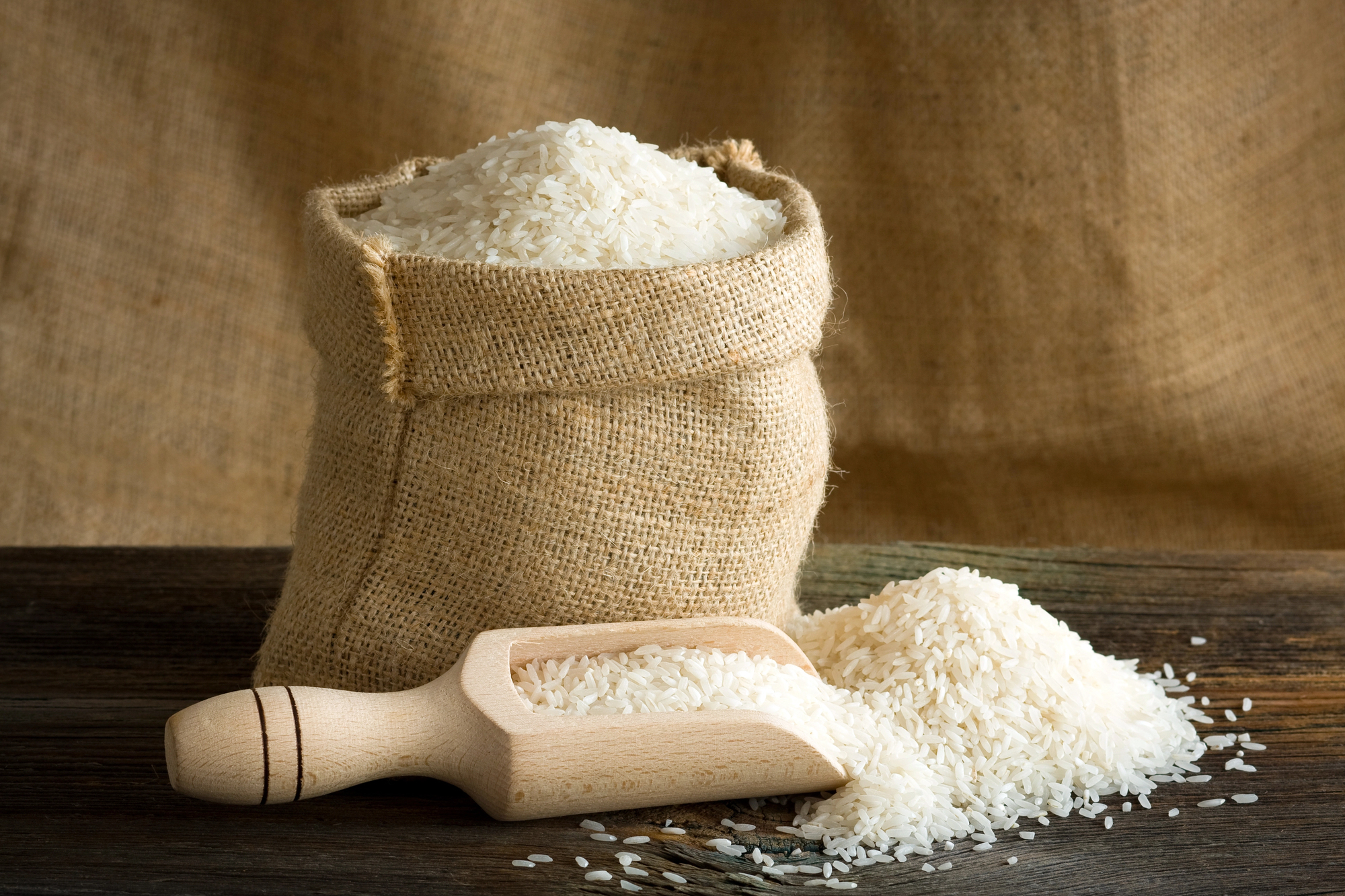
In feudal Japan, rice was more than food – it was the standard by which all other values were measured. A samurai’s salary was paid in rice, measured in koku (the amount needed to feed one person for a year).
The system was so sophisticated that rice futures markets developed in Osaka, creating the world’s first futures exchange. Rice warehouses issued receipts that could be traded like modern banknotes.
The value of everything from land to services was calculated using rice measures, creating a standardized economy based on this staple grain.
Nutmeg (Spice Islands)
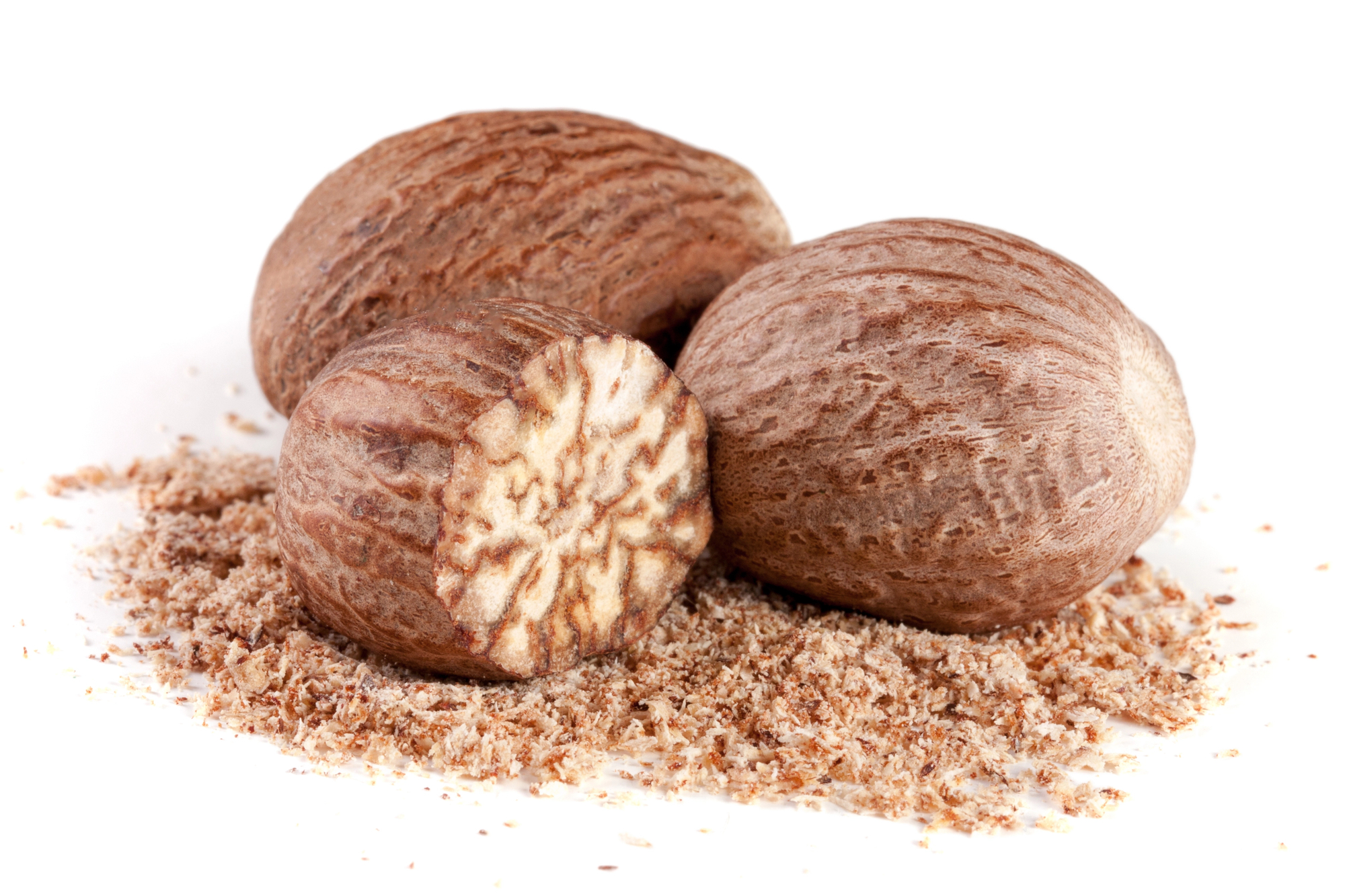
In the 17th century, nutmeg was worth more than its weight in gold. The Dutch traded Manhattan to the British for a small Indonesian island that produced nutmeg, considering it a brilliant deal.
The spice was so valuable because it was believed to cure the plague and was only grown on a few tiny islands in Indonesia. The Dutch maintained a brutal monopoly on nutmeg production, executing anyone who tried to smuggle seeds or plants.
A handful of nutmeg could buy a house or a herd of cattle in 17th-century Europe.
Beyond the Plate
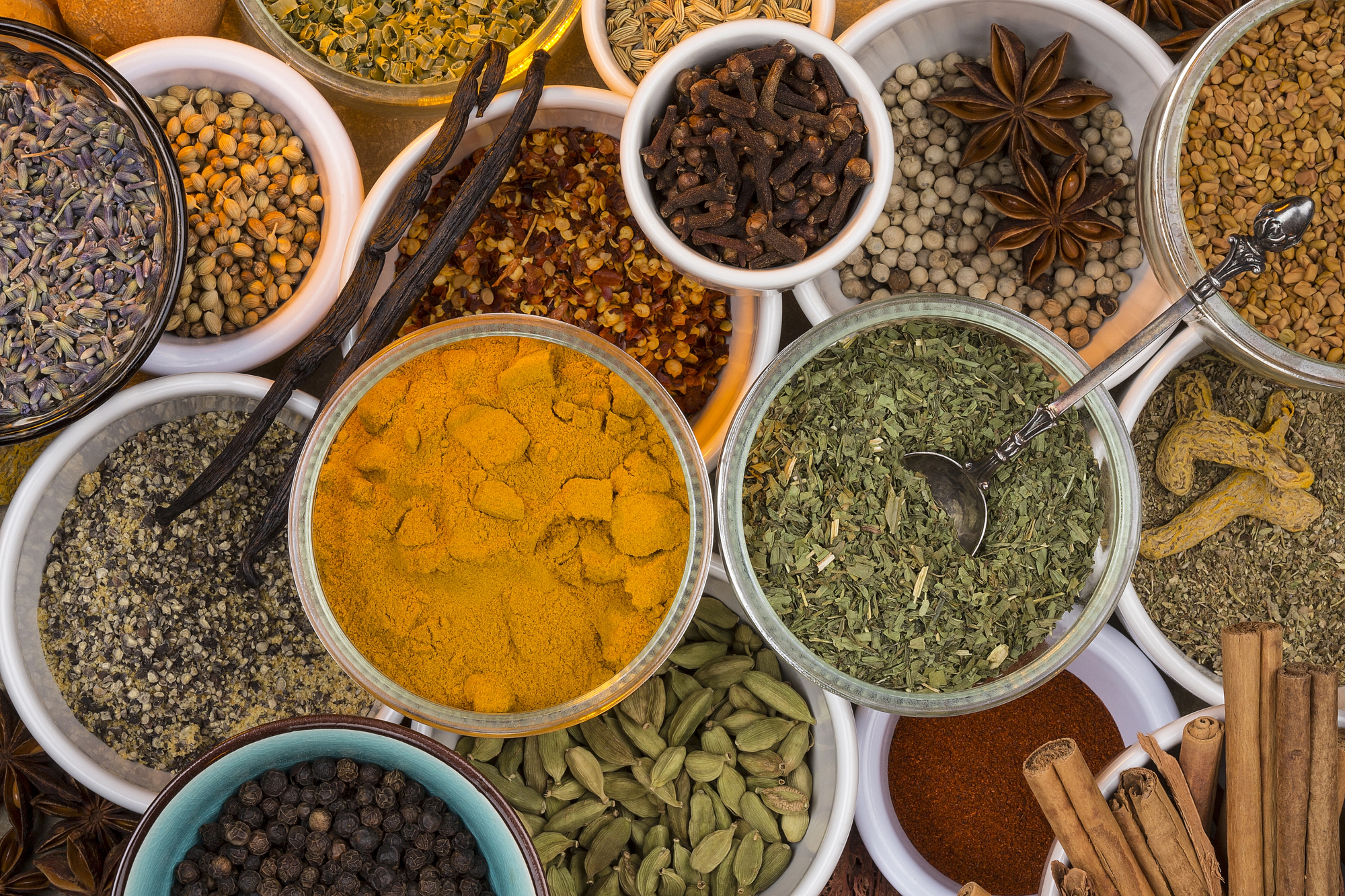
These edible currencies remind us that money is just a symbol of value that everyone agrees to accept. Whether it’s gold coins or chocolate bars, currency works because people believe in its worth.
Next time you’re buying something with your smartphone, remember that not so long ago, you might have been counting out cacao beans or measuring dried fish instead. Perhaps there’s something satisfying about currency you can eat in a pinch – though your bank probably wouldn’t appreciate you taking a bite out of your credit card.
More from Go2Tutors!

- Famous Battles: How Much Do You Really Know About U.S. History?
- Top 5 Most Important Skills, According To Harvard Business School
- How Well Do You Know 90s Pop Culture? Take the Quiz
- Master the Art of Public Speaking with These Expert Tips
- Think You Know Capitals? Put Your Knowledge to the Test
Like Go2Tutors’s content? Follow us on MSN.
